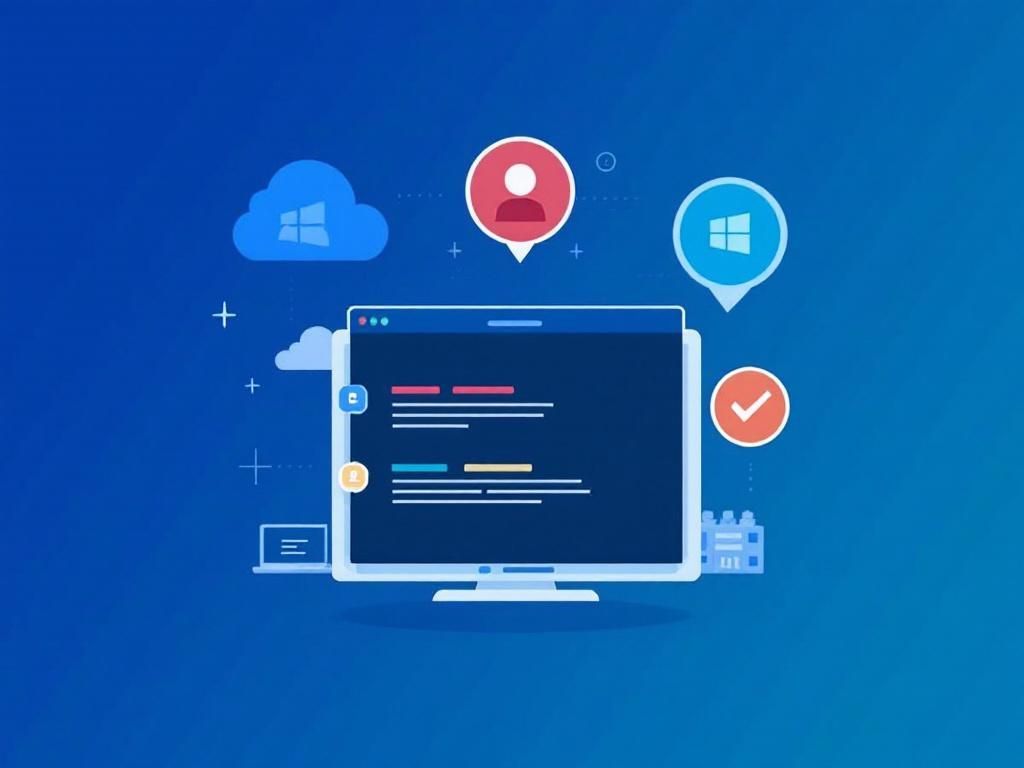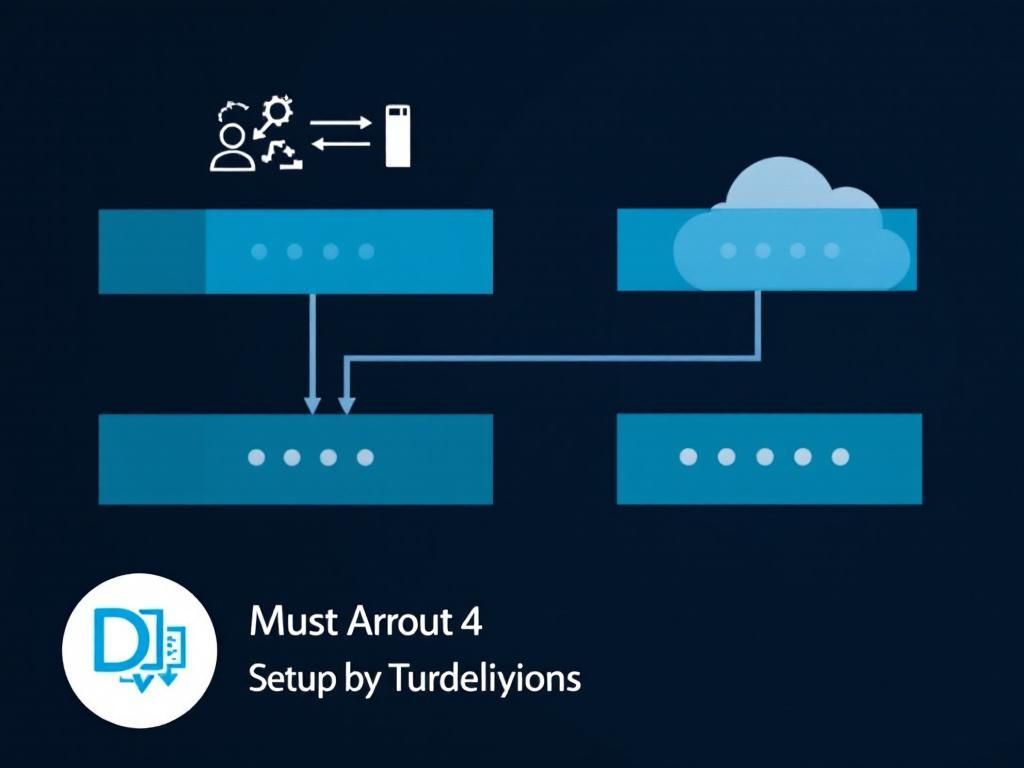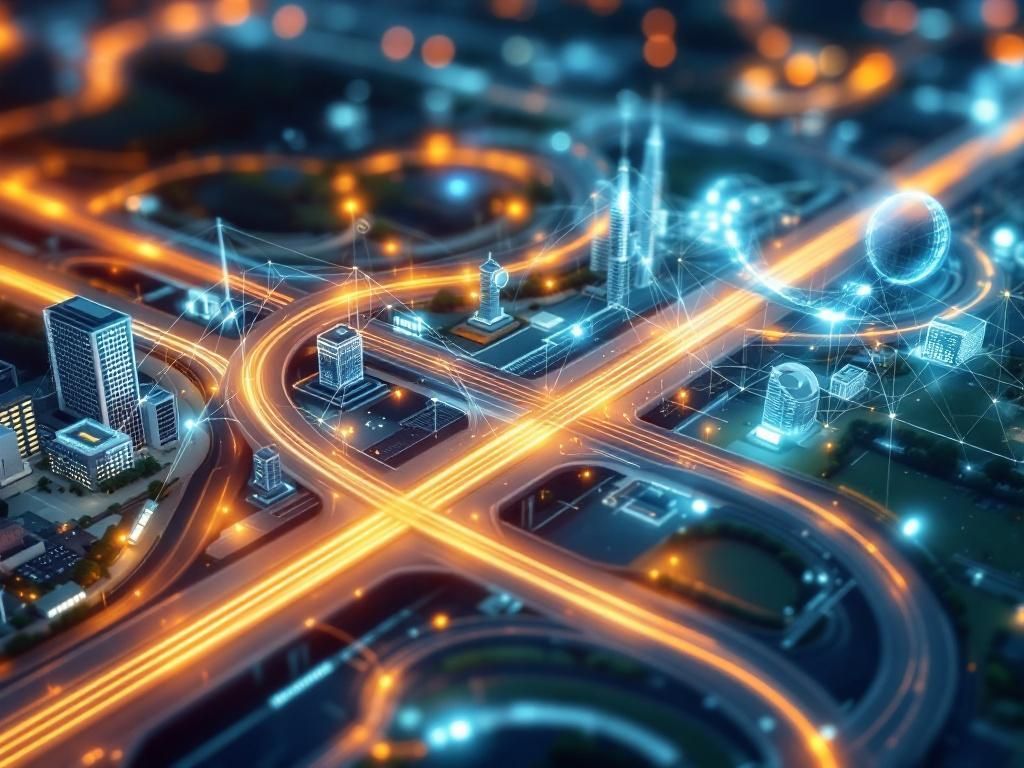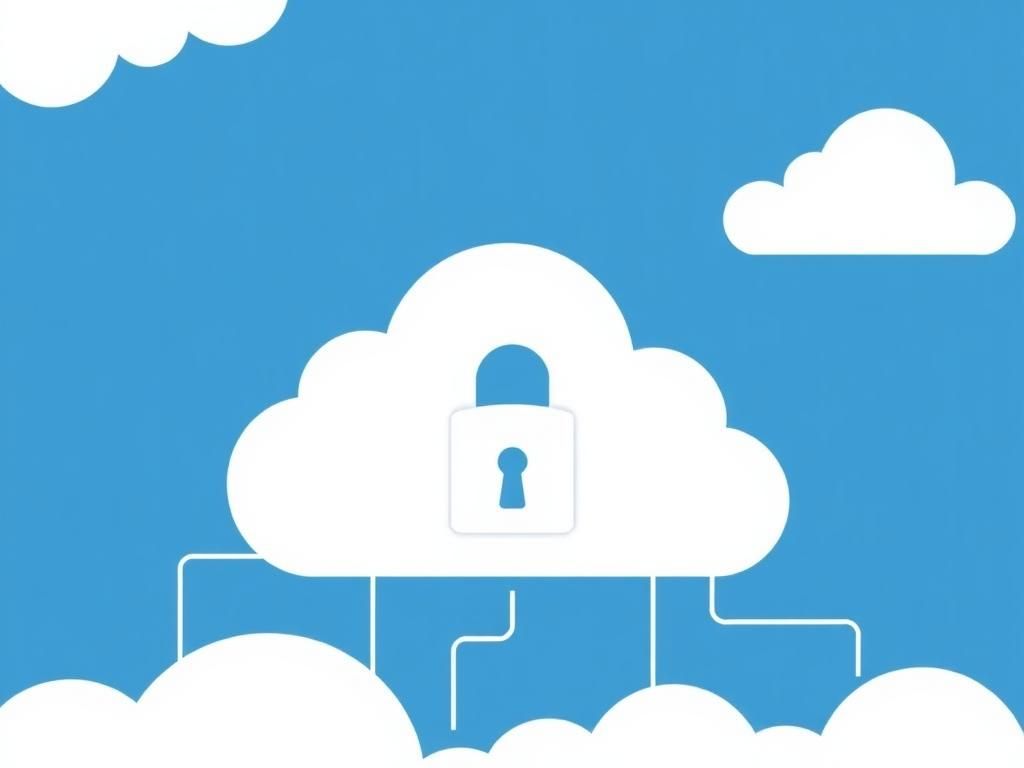Revolutionizing Smart Infrastructure with Digital Twin Technology
Explore how digital twin solutions are transforming smart infrastructure through enhanced efficiency, real-time data, and improved decision-making.
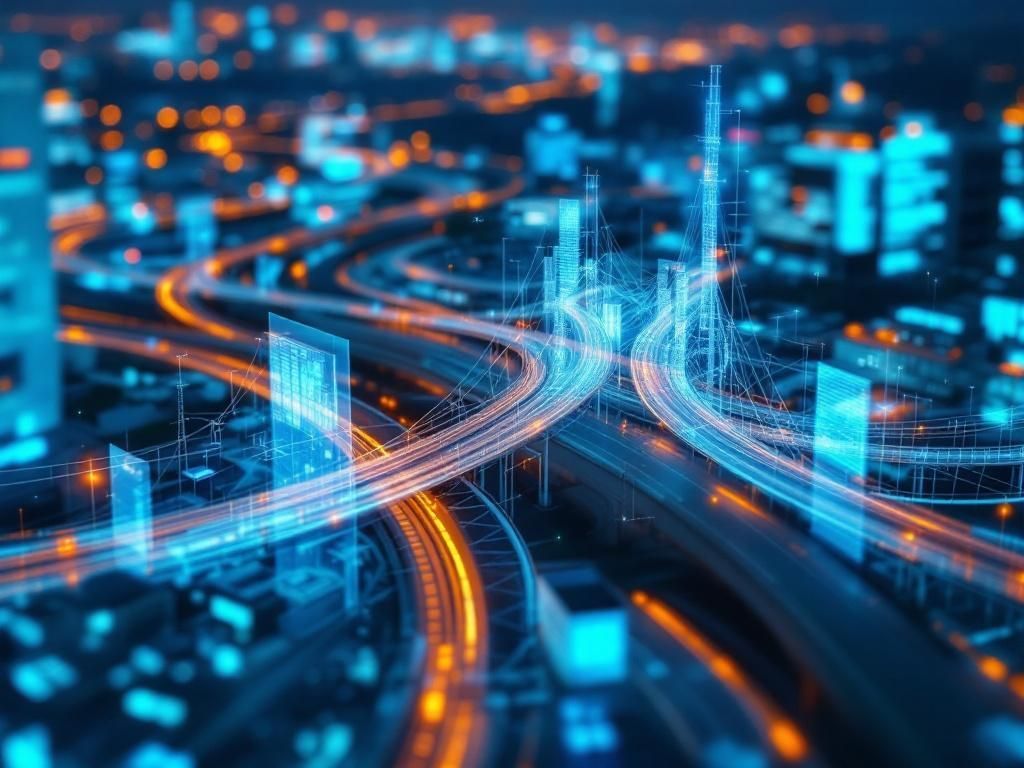
In recent years, the concept of smart infrastructure has gained significant traction, integrating technology into the fabric of our cities and systems. One of the most revolutionary advancements in this realm is the implementation of digital twin solutions. These digital representations of physical entities provide unparalleled insights, enabling better decision-making, predictive maintenance, and enhanced operational efficiency. This article delves into how digital twin technology is transforming smart infrastructure, its applications, benefits, and future prospects.
Table of Contents
The Concept of Digital Twins
A digital twin is a virtual model that accurately reflects a physical object, system, or process. It involves the collection of real-time data from sensors and IoT devices, which is then used to create a dynamic digital representation. This approach allows stakeholders to monitor, analyze, and optimize performance in real-time.
Key Components of Digital Twin Technology
- Data Collection: Sensors and IoT devices gather vast amounts of data from the physical asset.
- Data Integration: Information is integrated from multiple sources, providing a comprehensive view.
- Simulation Models: Advanced algorithms simulate various scenarios to predict outcomes.
- Real-Time Analytics: Continuous analysis of data helps in making informed decisions.
Applications in Smart Infrastructure
Digital twin solutions have a wide array of applications across various sectors of smart infrastructure. Here are some notable examples:
1. Urban Planning
Digital twins are employed in urban planning to visualize potential development scenarios. This allows city planners to:
- Assess the impact of new structures on the existing environment.
- Optimize land use and transportation networks.
- Enhance public safety through predictive modeling.
2. Energy Management
Energy companies use digital twins to manage and optimize resource usage efficiently:
- Grid Management: Real-time monitoring of energy consumption leads to better load balancing.
- Predictive Maintenance: Anticipating equipment failures reduces downtime and repair costs.
3. Transportation Systems
In smart transportation, digital twins can simulate traffic flow and optimize routes:
| Application | Benefit |
|---|---|
| Traffic Management | Minimizes congestion and improves public transport schedules. |
| Fleet Management | Enhances route efficiency and reduces operational costs. |
| Infrastructure Monitoring | Identifies maintenance needs before they become critical issues. |
Benefits of Digital Twin Solutions
The implementation of digital twin technology in smart infrastructure offers numerous benefits:
Enhanced Operational Efficiency
By providing real-time insights, digital twins allow organizations to streamline processes, reduce errors, and improve productivity.
Cost Savings
Predictive maintenance and optimized resource usage lead to significant cost reductions over time:
- Decreased operational expenditures
- Extended asset lifespans
- Reduced unplanned downtime
Improved Decision Making
Data-driven insights empower stakeholders to make informed decisions quickly and effectively:
- Strategic planning based on accurate forecasts.
- Risk assessment and mitigation through scenario analysis.
Challenges in Implementing Digital Twin Solutions
Despite the clear advantages, several challenges must be addressed for successful implementation:
Data Privacy and Security
As digital twins rely heavily on data collection, there is a heightened risk of data breaches. Ensuring robust cybersecurity measures is critical.
Integration of Legacy Systems
Merging digital twin technology with existing infrastructure may pose compatibility issues, requiring significant investment in upgrades.
Skill Gaps
The workforce must be adequately trained to utilize and manage digital twin technology effectively. Organizations may face challenges in hiring skilled personnel.
The Future of Digital Twins in Smart Infrastructure
The trajectory of digital twin technology is promising, with continuous advancements expected. Key trends include:
1. Increased AI Integration
Artificial Intelligence (AI) will play a pivotal role in enhancing the capabilities of digital twins, enabling more sophisticated predictive analytics and automation.
2. Expanded Use Cases
As technology evolves, the range of applications for digital twins will expand, influencing sectors such as healthcare, manufacturing, and environmental monitoring.
3. Focus on Sustainability
Digital twins can contribute to sustainability efforts by optimizing resource use and enabling better environmental management practices.
Conclusion
Digital twin solutions are at the forefront of transforming smart infrastructure, providing invaluable tools for monitoring, analyzing, and optimizing our urban environments. While challenges exist, the benefits far outweigh the hurdles, positioning digital twins as a cornerstone of future developments. As technology continues to evolve, embracing digital twin solutions will be crucial for creating more efficient, resilient, and sustainable infrastructure.
FAQ
What is a digital twin solution?
A digital twin solution is a virtual representation of a physical object or system that uses real-time data to enable understanding, analysis, and optimization of its performance.
How can digital twin technology enhance smart infrastructure?
Digital twin technology enhances smart infrastructure by providing insights into system performance, enabling predictive maintenance, and improving decision-making through real-time data visualization.
What industries benefit from digital twin solutions in smart infrastructure?
Industries such as construction, transportation, utilities, and urban planning benefit from digital twin solutions by optimizing operations, reducing costs, and enhancing safety.
What are the key components of a digital twin system?
Key components of a digital twin system include data acquisition sensors, data integration platforms, analytics tools, and visualization interfaces to monitor and manage the physical asset.
How does digital twin technology support sustainability in infrastructure?
Digital twin technology supports sustainability by enabling efficient resource management, reducing waste, optimizing energy consumption, and facilitating smarter urban planning.
What is the future of digital twin solutions in smart infrastructure?
The future of digital twin solutions in smart infrastructure includes advancements in AI and machine learning, leading to more autonomous systems, improved predictive analytics, and enhanced collaboration across sectors.


